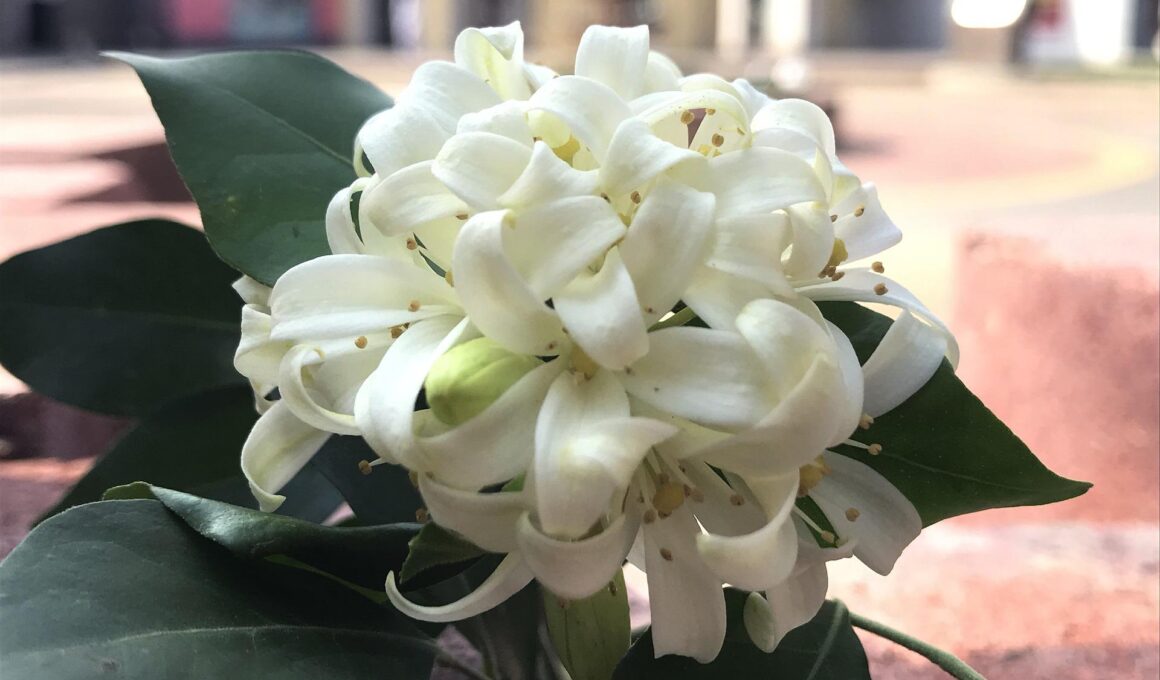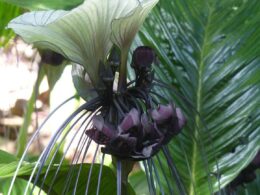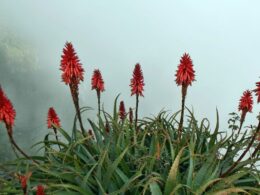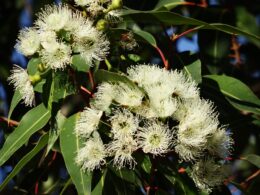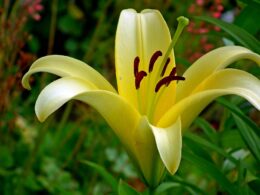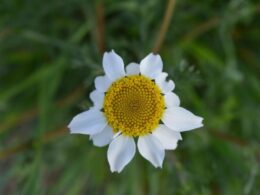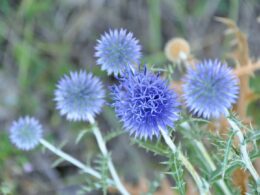The stephanotis flower is a beautiful and unique species of flowering plant that is native to Madagascar. The blooms are exquisite, and the plants can be grown as houseplants or outdoors in warm climates. This guide will provide information on everything you need to know about stephanotis flowers, from planting and care tips to their morphology.
Stephanotis Flower (Stephanotis Floribunda): Morphology
The stephanotis flower is a beautiful tropical vine that is native to Madagascar. It is also commonly known as the “Madagascar Jasmine” or “Bridal Wreath”. The scientific name for this lovely plant is Stephanotis floribunda.
The stephanotis has glossy, dark green leaves and produces clusters of waxy, tubular, pure white flowers. Each flower has five petals and a central stamen. The stephanotis blooms throughout the year, but is most commonly seen in spring and summer.
The stephanotis is a popular choice for the Hawaiian wedding flowers and other special occasions because of its elegant appearance and sweet scent. The flowers can be worn as a corsage or boutonniere, used to decorate the venue or in the bridal bouquet.
How to Plant a Stephanotis Flower
Stephanotis flowers are a beautiful addition to any garden, and they’re relatively easy to care for. With just a little bit of planning and preparation, you can have these stunning blooms in your own yard in no time! Here’s what you need to do:
- Choose a spot in your garden with direct sunlight that has well-drained soil. Stephanotis plants like to stay moist, so make sure you pick an area that won’t get too dry.
- Dig a hole that’s twice as wide as the root ball of your plant.
- Gently loosen the roots of your stephanotis flower before placing it in the hole.
- Fill in the hole with soil, and water well to help your plant get established.
- Fertilize your stephanotis plants every few weeks during the growing season to encourage lots of beautiful blooms.
With just a little bit of care, you can enjoy the beauty of stephanotis flowers in your garden for many years to come! One thing you should remember, is that a stephanotis flower is a tropical plant and will not tolerate frost, so make sure you bring it indoors or protect it during the colder months.
Stephanotis Flower Care: Watering, Fertilizing, Pruning
Stephanotis flowers are beautiful, fragrant blooms that make great cut flowers. But they can be finicky, so proper care is essential. Here are some tips on watering, fertilizing and pruning your stephanotis flower:
- Watering: stephanotis like to be kept moist, but not soggy. Water them regularly, and be sure to empty any catch trays or saucers, so the plant does not sit in water.
- Fertilizing: fertilize stephanotis plants every two weeks with a balanced fertilizer. Be sure to follow the directions on the package, as too much fertilizer can damage the roots.
- Pruning: prune stephanotis plants regularly to encourage new growth. Cut back any long, leggy stems, and remove any dead or dying flowers.
Where to Grow a Stephanotis Flower
If you’re thinking of growing stephanotis flowers, you have two main options: planting them in the ground or growing them in pots. If you live in an area with warm weather and well-drained soil, you can plant a stephanotis flower in the ground (they do best when they grow up a trellis as a climbing vine).
If you live in an area with colder weather or less ideal soil conditions, growing stephanotis in pots is a better option. Whichever way you choose to grow these flowers, make sure to provide them with plenty of sun and water. With the right care, stephanotis flowers can make a beautiful addition to any garden.
Madagascar Jasmine Plant Care: Common Pests and Diseases
Madagascar jasmine plants are susceptible to a number of pests and diseases, including aphids, whiteflies, and scale insects. These pests can be controlled with regular applications of insecticidal soap or neem oil.
Diseases that can affect Madagascar jasmine plants include powdery mildew, root rot, and leaf spot. These diseases can be controlled with fungicidal sprays or by providing the plant with good air circulation and adequate drainage.
These plants are also susceptible to damage from cold temperatures. If the temperature dips below 50 degrees Fahrenheit, the leaves of the plant will turn brown and drop off. To protect your plant from cold damage, you can cover it with a frost blanket or bring it indoors to a cool, sunny location.
Now you know everything about a stephanotis flower. Would you like to have them as your wedding flowers? Leave a comment!





